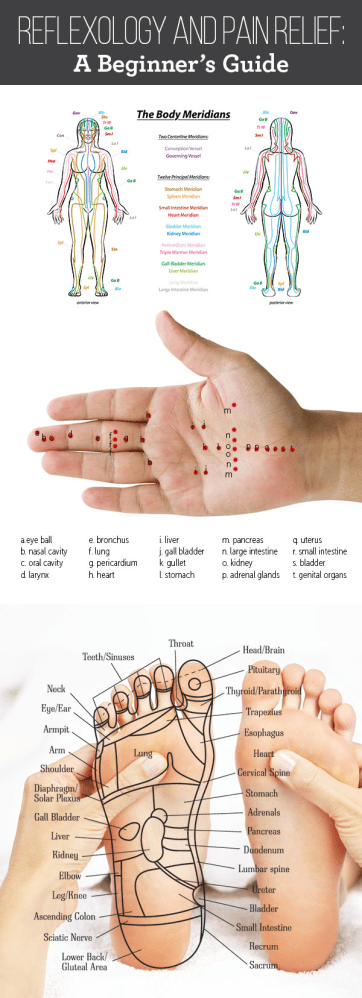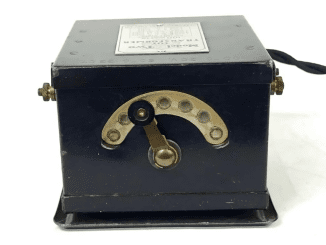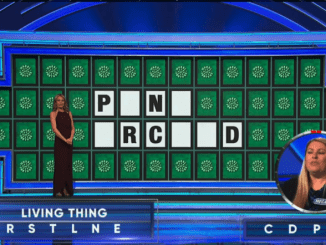Imagine if you could ease your back pain, improve liver health, or even alleviate headaches—all by simply massaging certain spots on your feet. Sounds far-fetched, right? Well, welcome to the world of reflexology, a centuries-old practice rooted in the idea that specific pressure points on the feet correspond to different organs and systems in the body. This therapeutic method has been gaining popularity not only for its health benefits but also as a natural way to relieve pain and reduce stress. So, if you’re curious about how this works and want to give it a try, let’s dive into reflexology and explore how you can perform it at home with a foot massage chart.
Understanding Reflexology: How Foot Pressure Points Impact Your Body

Reflexology is based on the theory that the feet and hands contain “reflex zones” that correspond to various glands, organs, and other parts of the body. By applying pressure to these zones, reflexologists believe that you can stimulate specific areas and promote healing throughout the body.
At its core, reflexology uses targeted pressure to release tension, reduce stress, and support the body’s natural healing processes. It’s not just a theory; studies have shown that reflexology can help with ailments ranging from diabetes to migraines. So, whether you’re looking to address a specific health issue or just want to relax, reflexology might be the answer.
How Does Reflexology Work? The Science Behind Foot Pressure Points
The science of reflexology lies in the interconnectedness of the body. Practitioners believe that energy flows through the body in channels or “zones,” and by massaging specific points on the feet, they can stimulate these channels and encourage healing.
Applying pressure to these reflex points triggers physiological responses, such as improved blood circulation, reduced inflammation, and a sense of relaxation. This reduction in stress is believed to promote various positive changes in the body, aiding in pain relief and potentially improving symptoms of numerous ailments.
Reflexology has even shown benefits in studies and clinical trials. For example, some research suggests reflexology can help reduce symptoms of premenstrual syndrome, enhance blood sugar control in diabetes patients, and provide relief for cancer patients undergoing treatment. While it’s not a replacement for medical care, reflexology can complement conventional treatments and help you manage symptoms naturally.
Benefits of Reflexology: Why You Should Try Foot Pressure Points for Pain Relief
While reflexology is known to help with specific health conditions, it also offers benefits for relatively healthy individuals. Here are just a few ways reflexology can improve your overall well-being:
- Enhances Nerve Function: Massaging pressure points stimulates the nerve endings in the feet, promoting better communication within the nervous system.
- Boosts Circulation: Reflexology improves blood flow, which helps transport oxygen and nutrients to cells more efficiently.
- Eases Toxin Elimination: Enhanced circulation and lymphatic function help the body eliminate waste products and toxins more effectively.
- Reduces Stress and Anxiety: Reflexology triggers relaxation, releasing tension from both the mind and body.
- Relieves Pain and Headaches: Targeted pressure on certain points can alleviate pain, whether it’s a sore back or a pounding headache.
- Supports Digestive Health: Reflexology may stimulate digestive organs, promoting better digestion and reducing bloating.
These are just a few of the many benefits reflexology offers. Now that you understand how it works, let’s explore how you can apply reflexology techniques on yourself.
Using the Pressure Points in Your Feet: A Step-by-Step Guide

To get started, you’ll need a comfortable chair, your foot massage chart, and a willingness to relax and focus on your body. This simple process can be done at home in just a few minutes.
Step 1: Get Comfortable and Prepare Your Feet
Sit in a sturdy, comfortable chair. Lift one foot and rest it on the knee of your opposite leg so you can easily access the sole of your foot. Make sure your back is straight, and take a few deep breaths to relax your body.
Step 2: Consult Your Reflexology Foot Chart
Reflexology foot charts are maps of the pressure points on the feet, with each area corresponding to different body parts. For example, the tips of your toes are believed to connect with your head, while the ball of your foot is linked to your heart and chest. If you’re experiencing neck pain, for instance, locate the area on the chart that corresponds to the neck and apply pressure there.
Step 3: Apply Pressure to Targeted Areas
Once you’ve identified the area you want to work on, use the tip of your thumb to press down firmly on that spot. Begin with gentle pressure, gradually increasing as you feel comfortable. Massage the point in circular motions for about one to two minutes. If you experience discomfort, ease off slightly—reflexology should never be painful.
Step 4: Repeat on the Opposite Foot
After you’ve worked on the targeted points on one foot, switch to the other foot and repeat the process. This ensures balanced stimulation and encourages the flow of energy throughout your body.
Step 5: Practice Regularly, but Don’t Overdo It
You can practice reflexology daily, but it’s essential to take short breaks to prevent desensitization. Reflex points adapt to stimulation over time, so after 10 days of daily reflexology, take a three to four-day break. This will allow the reflex points to reset, making the therapy more effective when you resume.
Using Reflexology for Specific Ailments

Here are a few specific conditions and the corresponding foot pressure points that may help alleviate symptoms:
- Headaches: Apply pressure to the tips of your toes, especially the big toe, which is connected to the brain and head area.
- Back Pain: Massage the area near the heel, as this connects with the lower back.
- Sinus Relief: For sinus issues, apply gentle pressure to the pads of your toes.
- Digestive Discomfort: The middle of the arch of your foot is linked to the stomach and intestines, so applying pressure here can stimulate digestion.
By using a reflexology chart and understanding these pressure points, you can target various areas of your body, relieving pain and tension naturally.
Is Reflexology a Substitute for Medical Treatment?
While reflexology offers numerous health benefits, it should not be viewed as a replacement for medical care. Reflexology is a complementary therapy, meaning it works best alongside traditional treatments. Always consult with your healthcare provider if you have a specific health condition, especially if you’re managing chronic illnesses or experiencing severe pain.
Reflexology is a fantastic way to supplement your health routine, promote relaxation, and relieve minor aches and pains. However, for serious medical issues, consult with professionals and use reflexology as an additional support system.
Conclusion: Embrace the Benefits of Foot Reflexology
Reflexology can be a powerful tool for improving your well-being, relieving stress, and targeting specific pain points in the body. This holistic approach is an accessible and natural method to manage aches, boost circulation, and promote relaxation. By using a foot massage chart, you can explore this ancient practice from the comfort of your home.
So, the next time you’re feeling stressed, dealing with a headache, or just want to unwind, try massaging the pressure points on your feet. Not only will you feel the physical benefits, but you may also find a deeper connection to your body and its natural ability to heal. Remember, taking time to care for yourself—even with a simple foot massage—can have a profound impact on your overall health and happiness.


